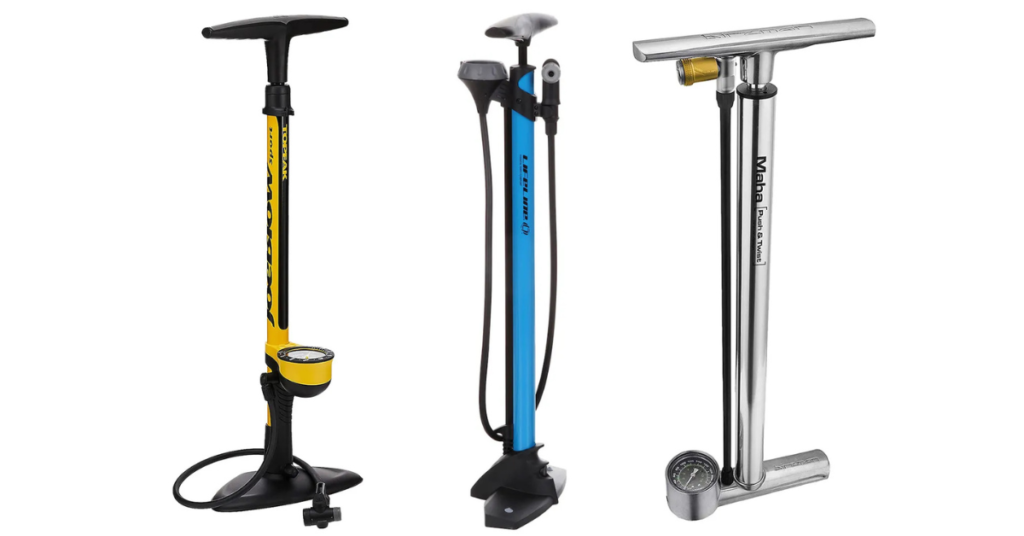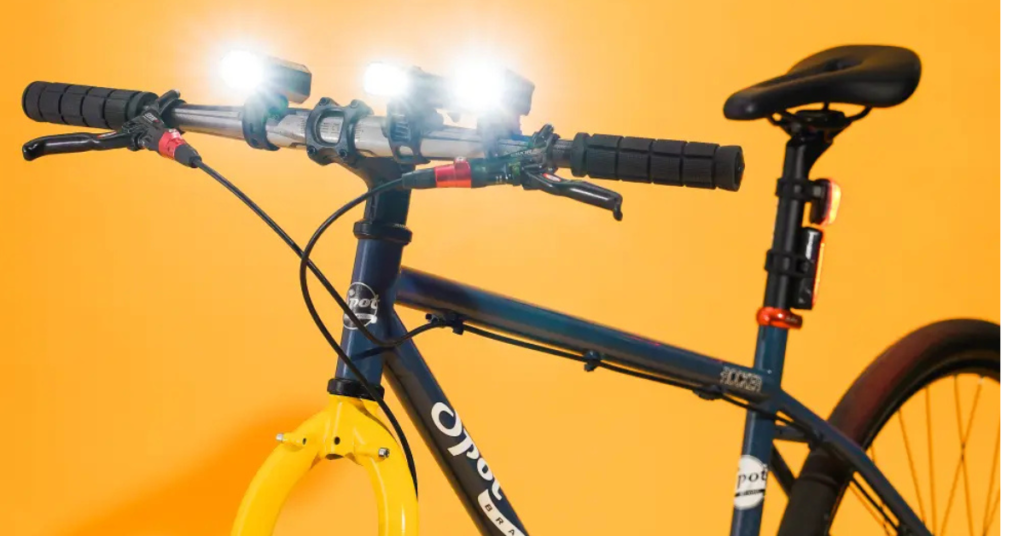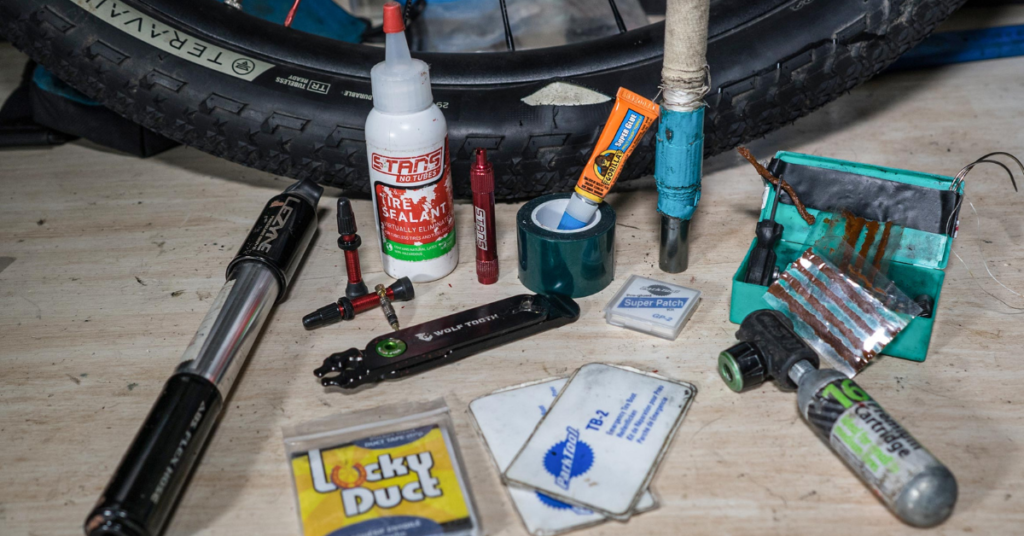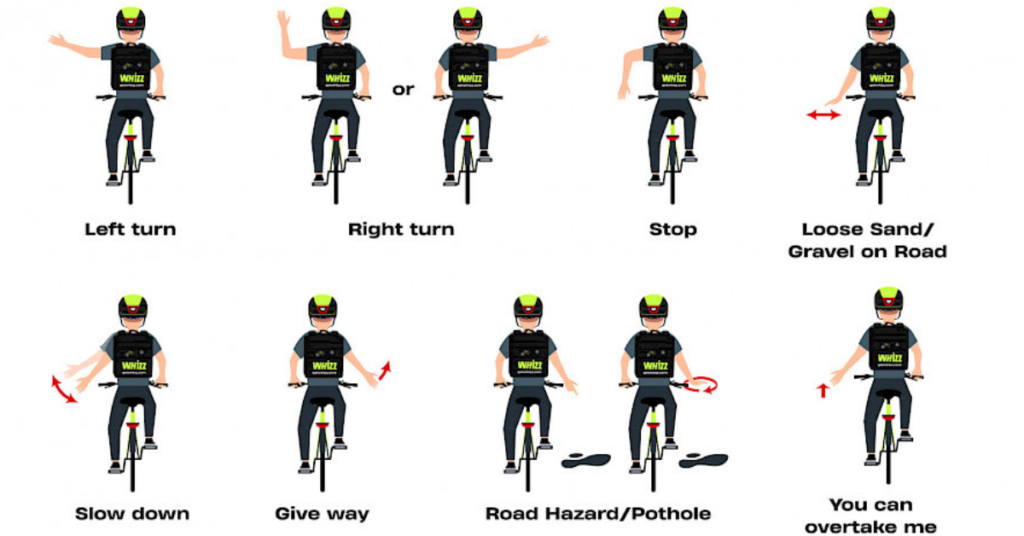YOU JUST GOT A BIKE – Congratulations! You’ve just joined the exciting world of biking, where freedom and adventure await you on two wheels. The moment you hop on your new bike, a rush of joy fills the air as you feel the wind in your hair and the thrill of exploration ahead. But wait—now what? It’s not just about riding; it’s also about making the most of your new ride, staying safe, and discovering fun places to go.
In this article, we’ll guide you through everything you need to know after getting your bike. From picking out essential gear to mastering basic maintenance tips, we’ve got you covered.
Accessories That Will Enhance Your Ride And Help Keep You Safe
Bike Pump

One of the first things you should do is check your tires. Did you know that tires can lose air pressure over time? This is normal, but keeping them properly inflated will ensure a smooth and safe ride. Use a bike pump to inflate your tires to the recommended PSI, which you can usually find printed on the side of each tire.
Additionally, take some time to get familiar with your bike’s gears and brakes. Adjusting to how they work may seem tricky at first, but practice makes perfect! Before hitting the trails or streets, don’t forget to invest in basic tools like a multi-tool and tire levers—these can be lifesavers if you ever encounter a flat tire while out biking.
Lights

Once you’ve got your new bike, the next step is to ensure you’re ready for any adventure, especially those magical night rides. Riding at night can be thrilling but also requires extra caution. Make sure to equip your bike with bright lights: a strong front light will help you see ahead, while a red rear light keeps you visible to others on the road. Investing in reflective gear, like vests or stickers, can provide an added layer of safety—it’s like wearing a glow stick for everyone else!
As you venture out into the quiet streets under the stars, take time to enjoy the calmness and beauty around you. Night riding offers a different experience; sounds seem softer and colors appear deeper in the moonlight. Consider mapping out safe routes that are well-lit and free from heavy traffic. Bring along some friends or join a local cycling group; sharing these rides makes it even more enjoyable.
Helmet
A good helmet can be your best friend on the road, protecting you from head injuries in case of an accident. But how do you choose the right one? Look for detailed sizing guides that offer measurements based on your head size. This will help ensure a snug fit—important for both comfort and protection!
When trying on helmets, remember to check that it sits level on your head without tilting forward or back. You should also adjust the straps so they form a ‘V’ shape just below your ears when buckled up. Investing time in finding the perfect helmet not only keeps you safe but can also enhance your riding experience by making it more enjoyable and stress-free.
Extra Tube/Patch Kit

One scenario every cyclist dreads is getting a flat tire during a long ride. But don’t let this fear hold you back! Embracing the possibility means you’ll be more prepared and confident on your adventures.
First, familiarize yourself with your bike’s anatomy. Learn how to remove and replace both the front and rear tires. Practice at home so you’re not fumbling in the middle of a beautiful countryside road or bustling city street. It’s also smart to invest in a basic repair kit—think tire levers, a mini pump, and patches or spare tubes. Having these tools handy can transform a potential disaster into just a minor hiccup.
Bike Lock
A sturdy bike lock is essential. Look for one that’s both strong and lightweight; a U-lock or chain lock can offer great security against thieves without being too bulky. Always lock your bike in well-lit and busy areas—this makes it less likely that someone will try to steal it.
Once you’ve secured your ride, it’s time to explore! Start by planning short trips around your neighborhood or local parks. This will help you get used to handling the bike while discovering hidden gems in your area.
Local Cycling Laws
Riding safely requires more than just a bike and a helmet; understanding local cycling laws is crucial. Each city can have its own rules, which might surprise you! For instance, some places practice the Idaho stop, allowing cyclists to treat stop signs like yield signs. This concept lets riders keep their momentum while still being careful at intersections. However, it’s essential to check your local laws because not every area allows this.
Always stay updated on regulations that affect your ride. Many websites and community boards offer resources where you can learn about safe biking practices and road etiquette tailored to your region. Whether it’s wearing reflective gear or using hand signals properly, these little details can make a big difference in ensuring everyone stays safe on the road.
Hand Signals

When you’re out riding, safety should always be your top priority. One great way to communicate with other road users is by using hand signals. By pointing to the lane you intend to take, you give drivers and fellow cyclists a clear warning of your next move. This simple action can prevent accidents and helps everyone share the road more safely.
In addition to hand signals, wearing bright or reflective clothing can enhance your visibility. Imagine riding in low light conditions; having that extra pop of color not only makes you noticeable but also encourages others to give you space and respect on the roadway. Furthermore, always keep an eye on your surroundings—look for obstacles like potholes or sudden turns in traffic.
Conclusion
As you embark on this cycling adventure, remember that the journey is just as important as the destination. Embrace every ride as an opportunity for self-discovery and connection with your surroundings. Whether it’s exploring hidden trails in your neighborhood or joining local biking groups, each pedal stroke will lead to new experiences and friendships.
FAQs
What To Do After Getting A Bike?
After acquiring your new bike, the next crucial step is to personalize it to enhance both comfort and performance. Start by adjusting the seat height and handlebar position to find your ideal riding posture; this can drastically improve your cycling experience and prevent fatigue.
What Essential Gear Should I Buy?
Invest in a good quality helmet, lights, reflective gear, a lock, and gloves. Consider also getting proper cycling shoes and a repair kit.
Do I Need To Register My Bike?
Registration requirements vary by location. Check local laws to see if you need to register your bike or obtain a license plate.
How Do I Maintain My Bike?
Regularly clean your bike, lubricate the chain, check brake pads for wear, pump tires to recommended pressure, and take it for periodic tune-ups at a bike shop.

